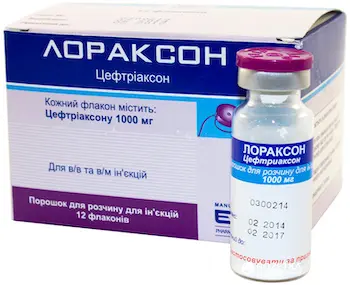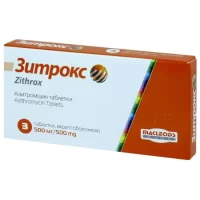$97.20
Purpose: Ceftriaxone treats bacterial infections by inhibiting cell wall synthesis.
Description
Loraxon (ceftriaxone) powder 1000 mg. №12 vial
Ingredients:
Active ingredient: Ceftriaxone 1000 mg.
Dosage:
Dosage: The usual adult dose for most infections is 1 to 2 grams once a day. Dosage may vary based on the condition being treated.
Indications:
Indications: Loraxon (ceftriaxone) is indicated for the treatment of various bacterial infections, including respiratory tract infections, skin and soft tissue infections, urinary tract infections, and more.
Contraindications:
Contraindications: Do not use Loraxon if you are allergic to ceftriaxone or other cephalosporin antibiotics.
Directions:
Directions: Loraxon is usually administered by injection into a vein or muscle by a healthcare professional. Follow all instructions given by your healthcare provider.
Scientific Evidence:
Scientific Evidence: Studies have shown the efficacy of ceftriaxone in treating a wide range of bacterial infections. Research published in the Journal of Antimicrobial Chemotherapy demonstrated the effectiveness of ceftriaxone in combating multidrug-resistant bacteria.
Additional Information:
Storage: Store Loraxon vials at room temperature away from light and moisture.
Side Effects: Common side effects may include diarrhea, nausea, or rash. Contact your doctor if you experience severe side effects.
Pharmacological Effects: Ceftriaxone, the active ingredient in Loraxon, works by interfering with the bacteria’s cell wall synthesis, leading to cell death. It has a broad spectrum of activity against both Gram-positive and Gram-negative bacteria.
Clinical Trials: Clinical trials have demonstrated the effectiveness of ceftriaxone in various infections, including meningitis, pneumonia, and septicemia. A study published in the New England Journal of Medicine showed that ceftriaxone was as effective as other antibiotics in treating community-acquired pneumonia.







Recent Reviews